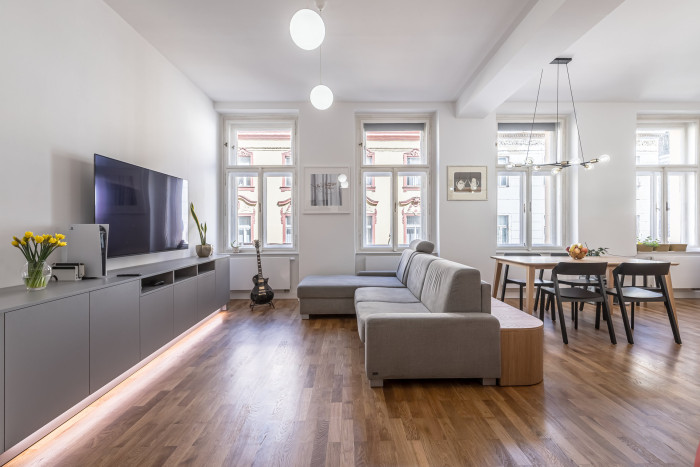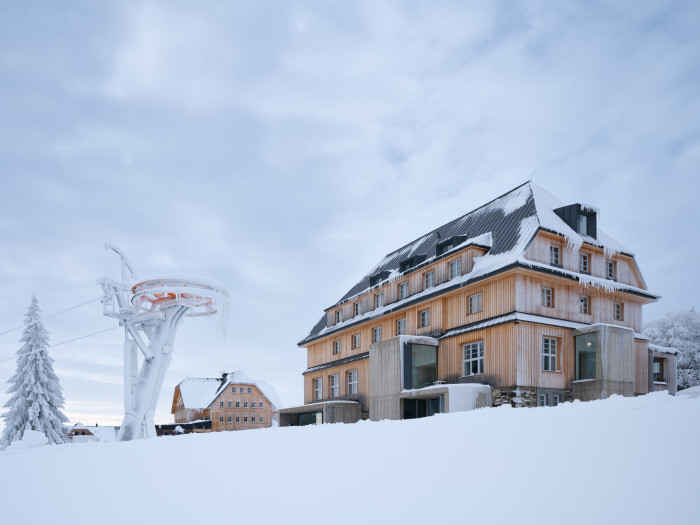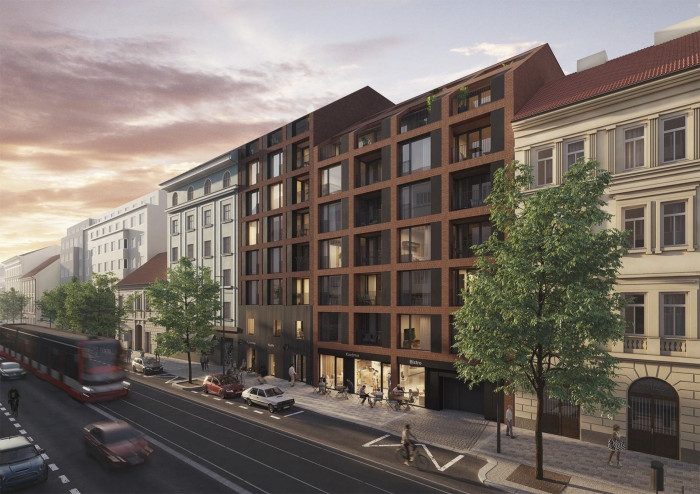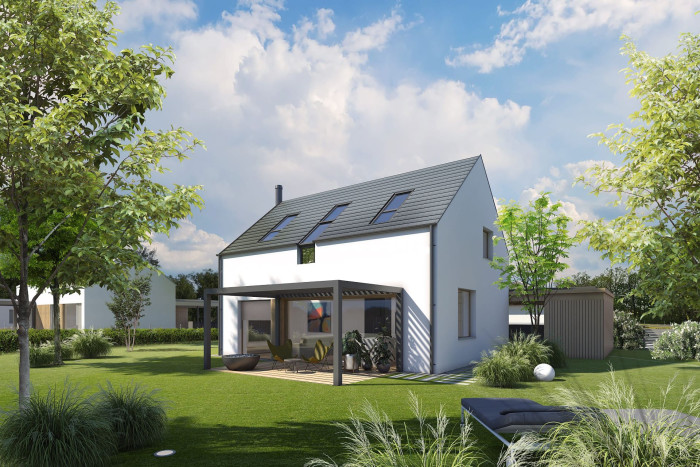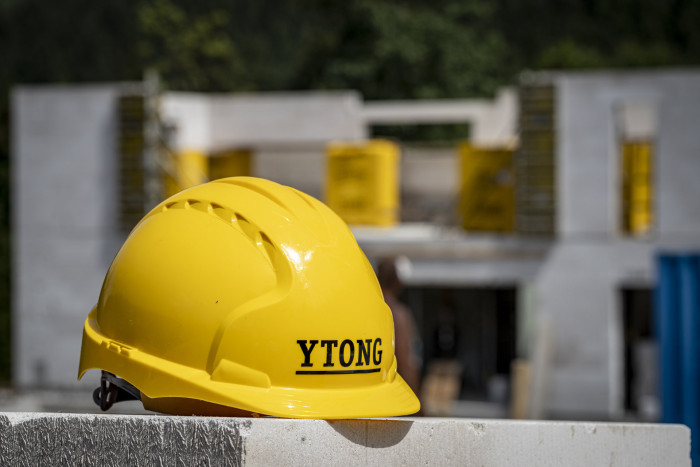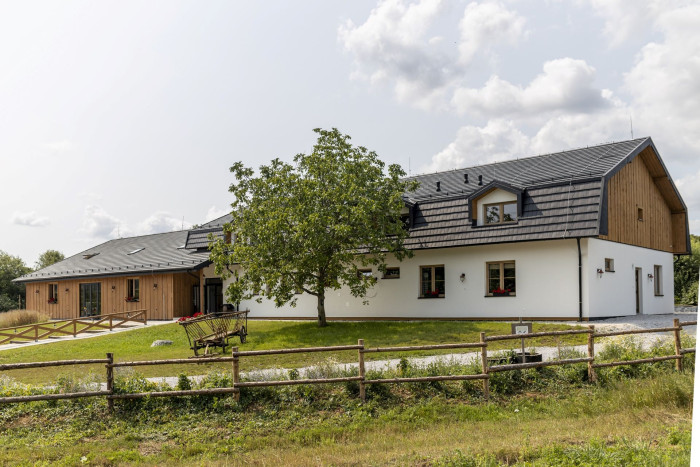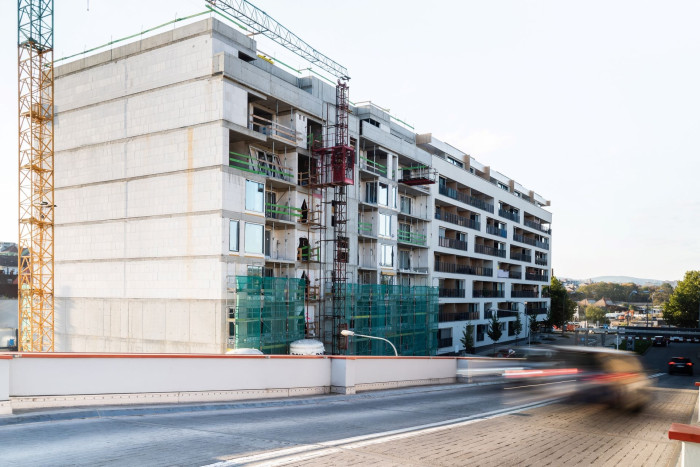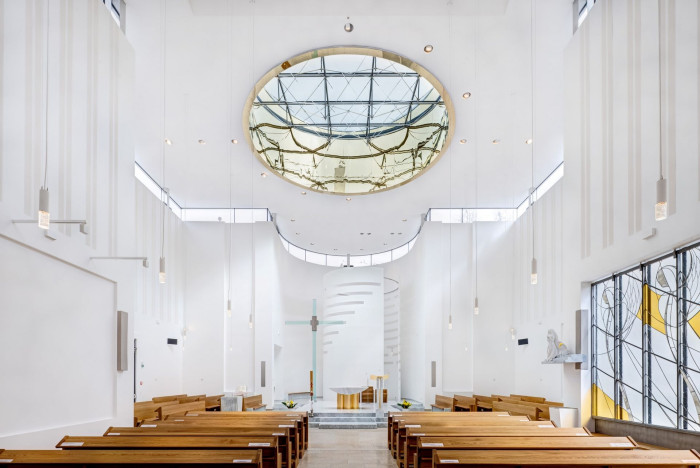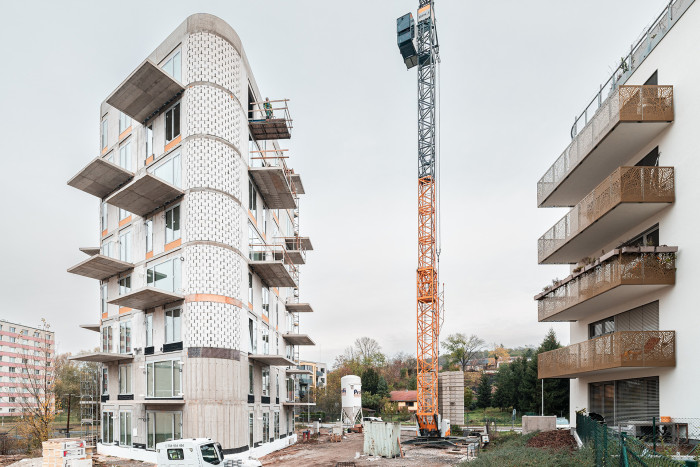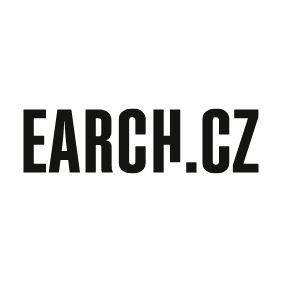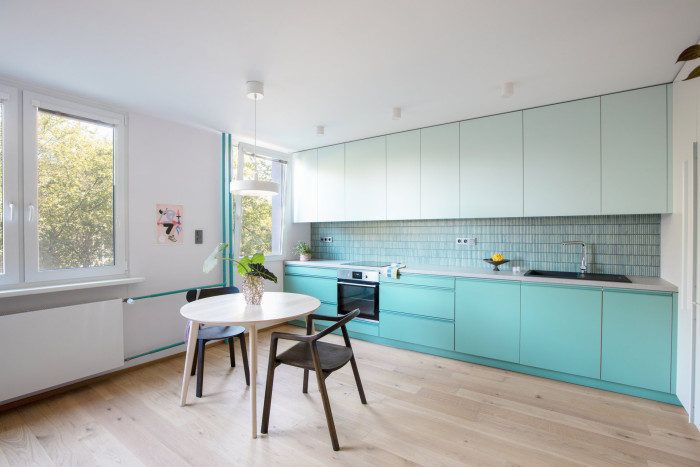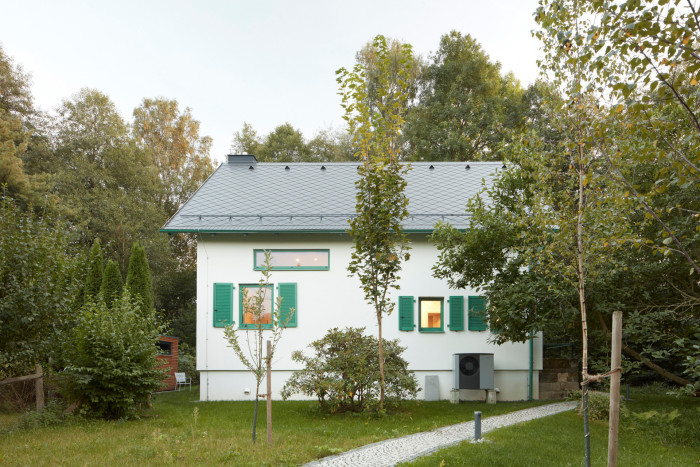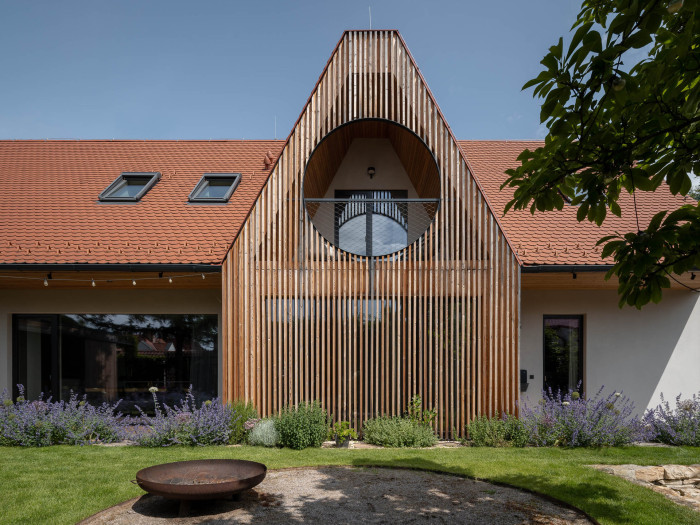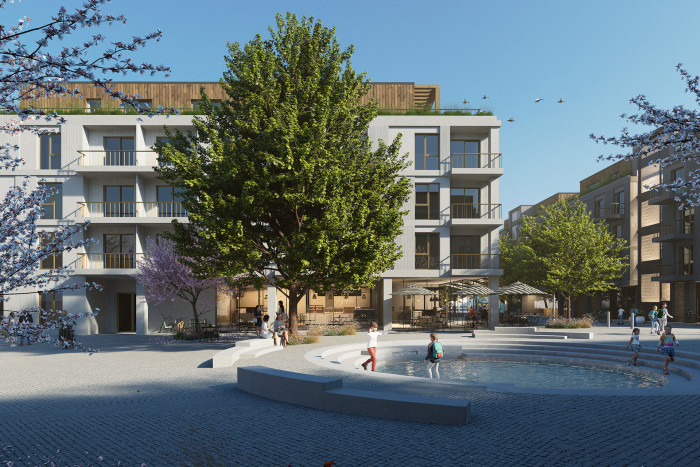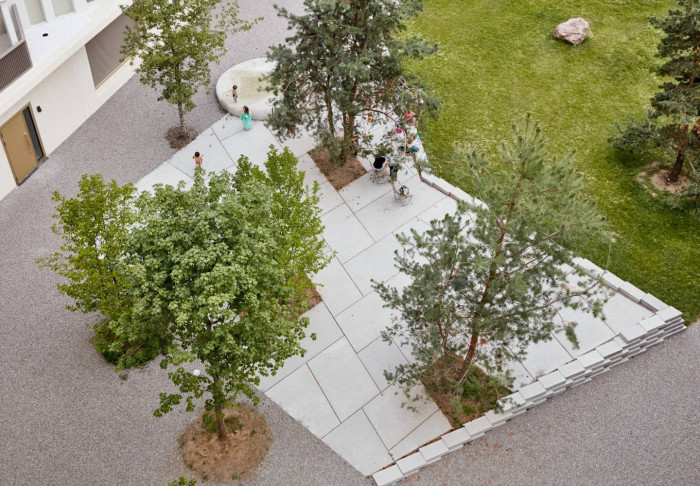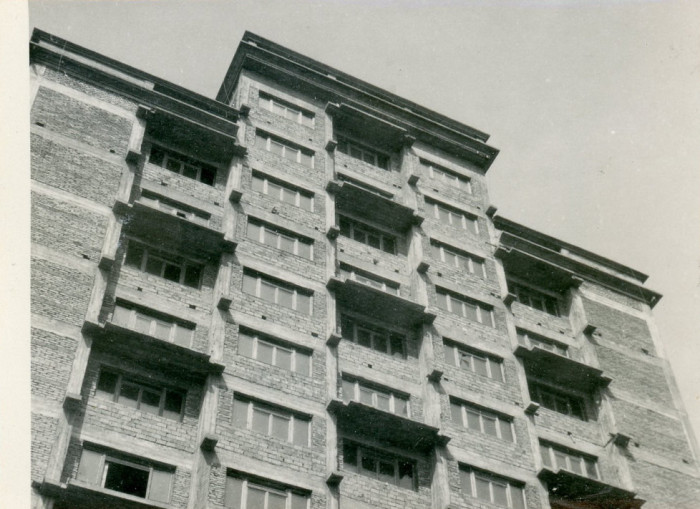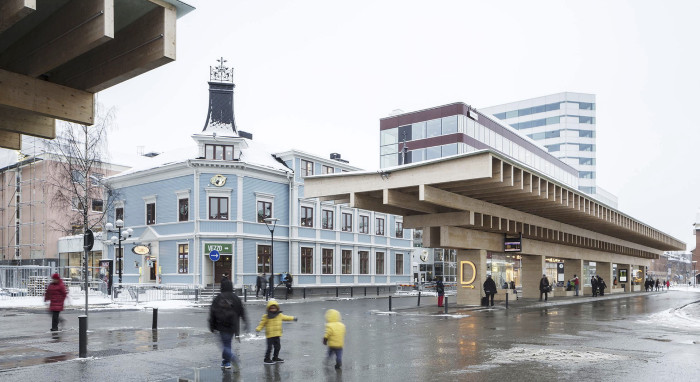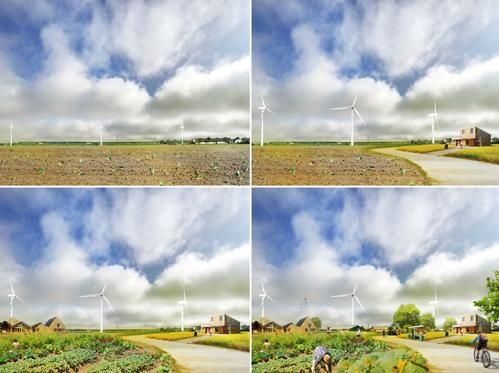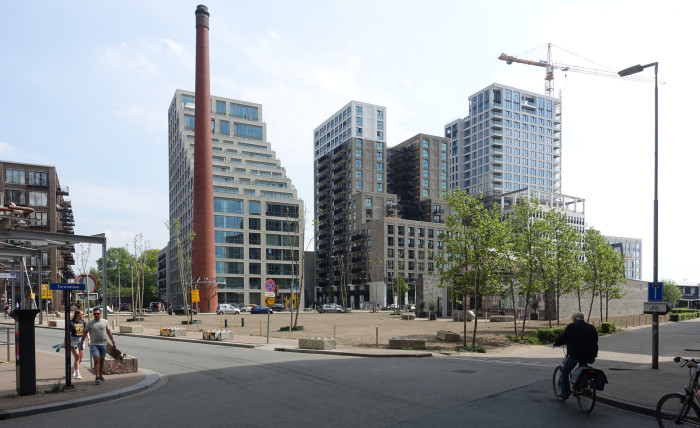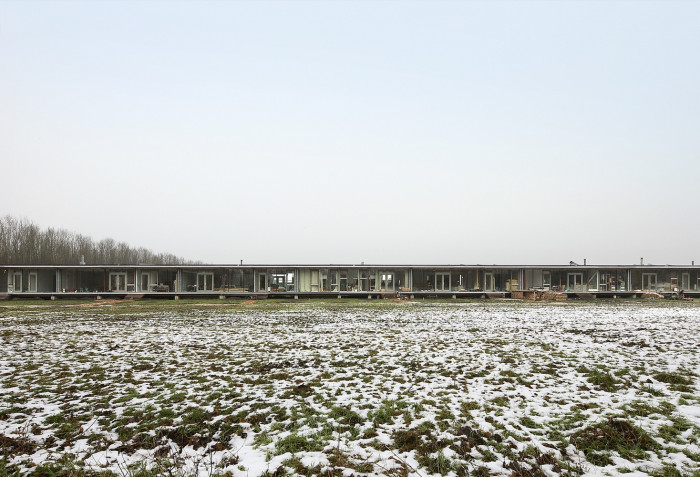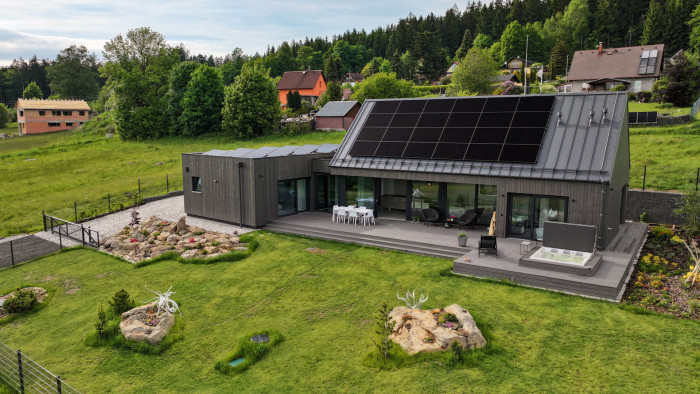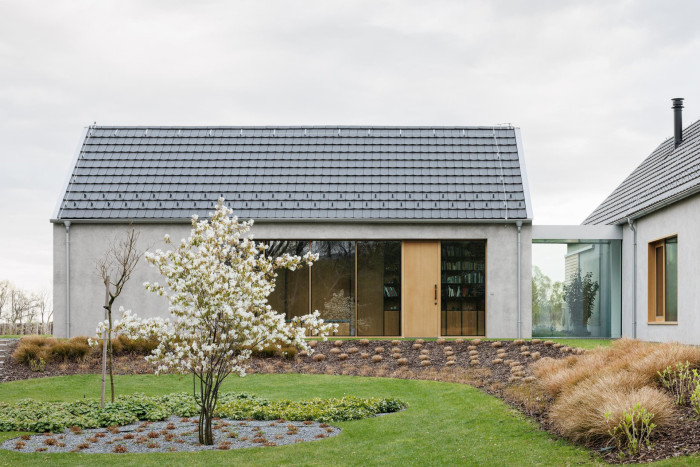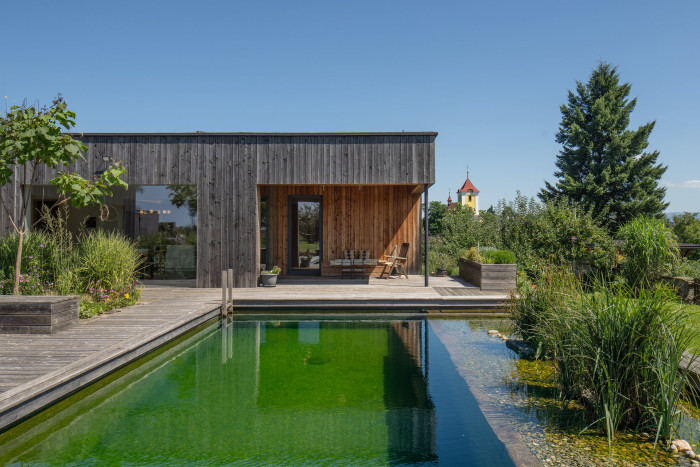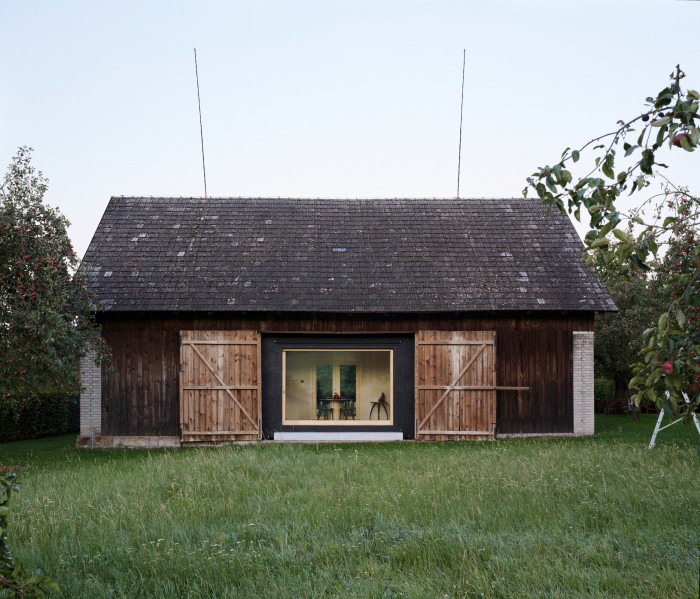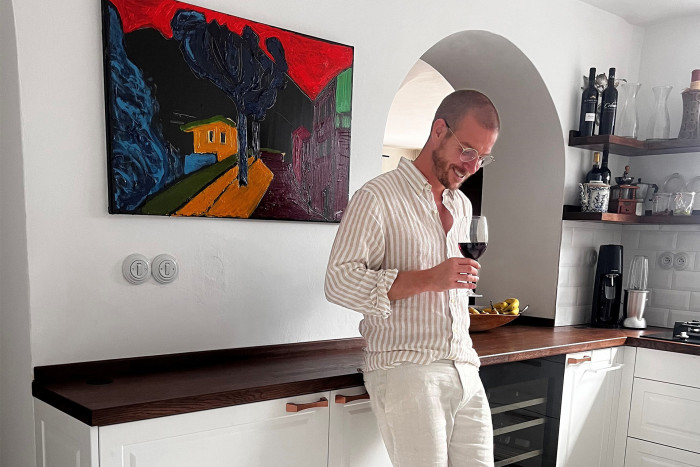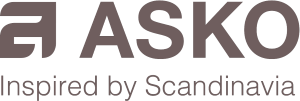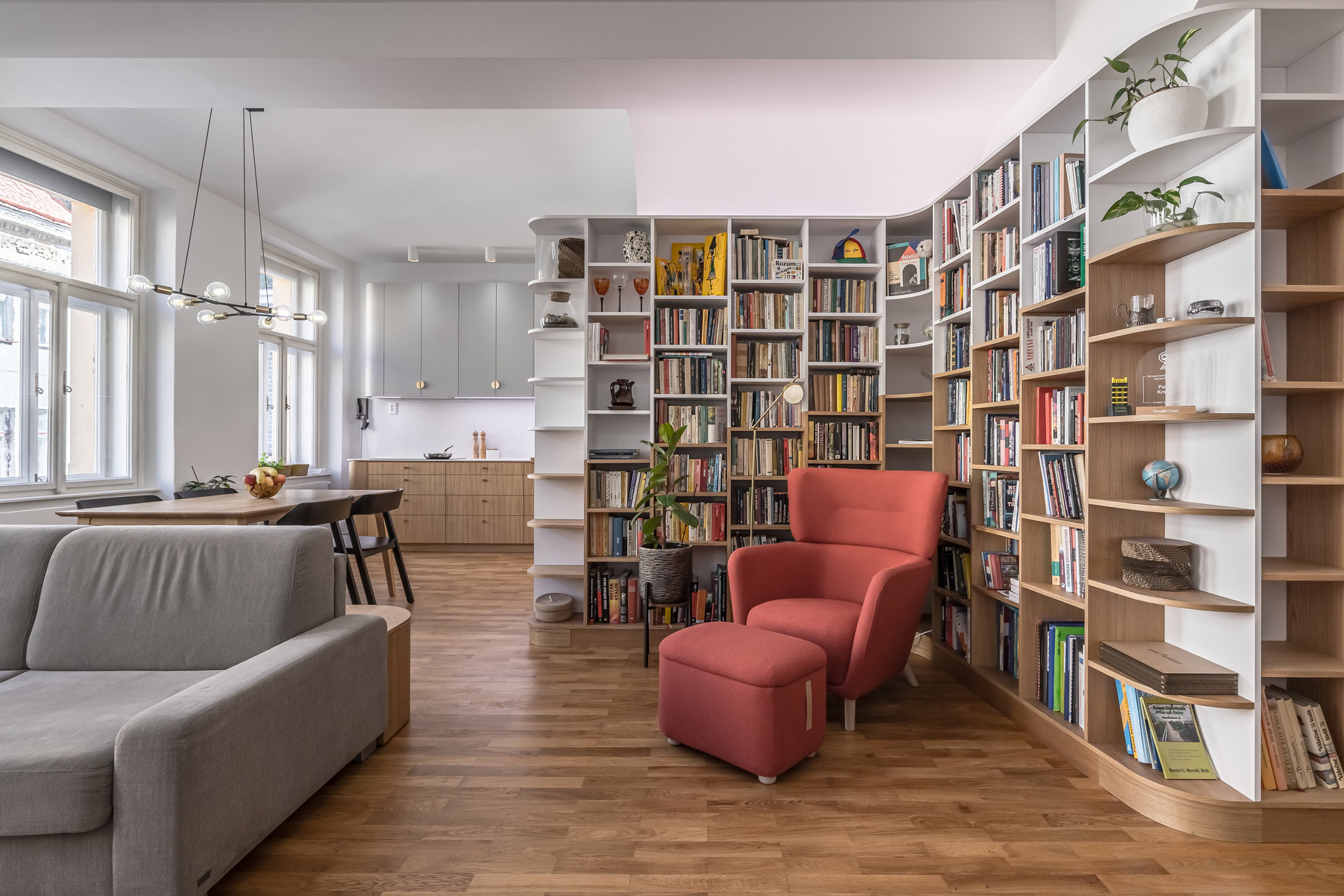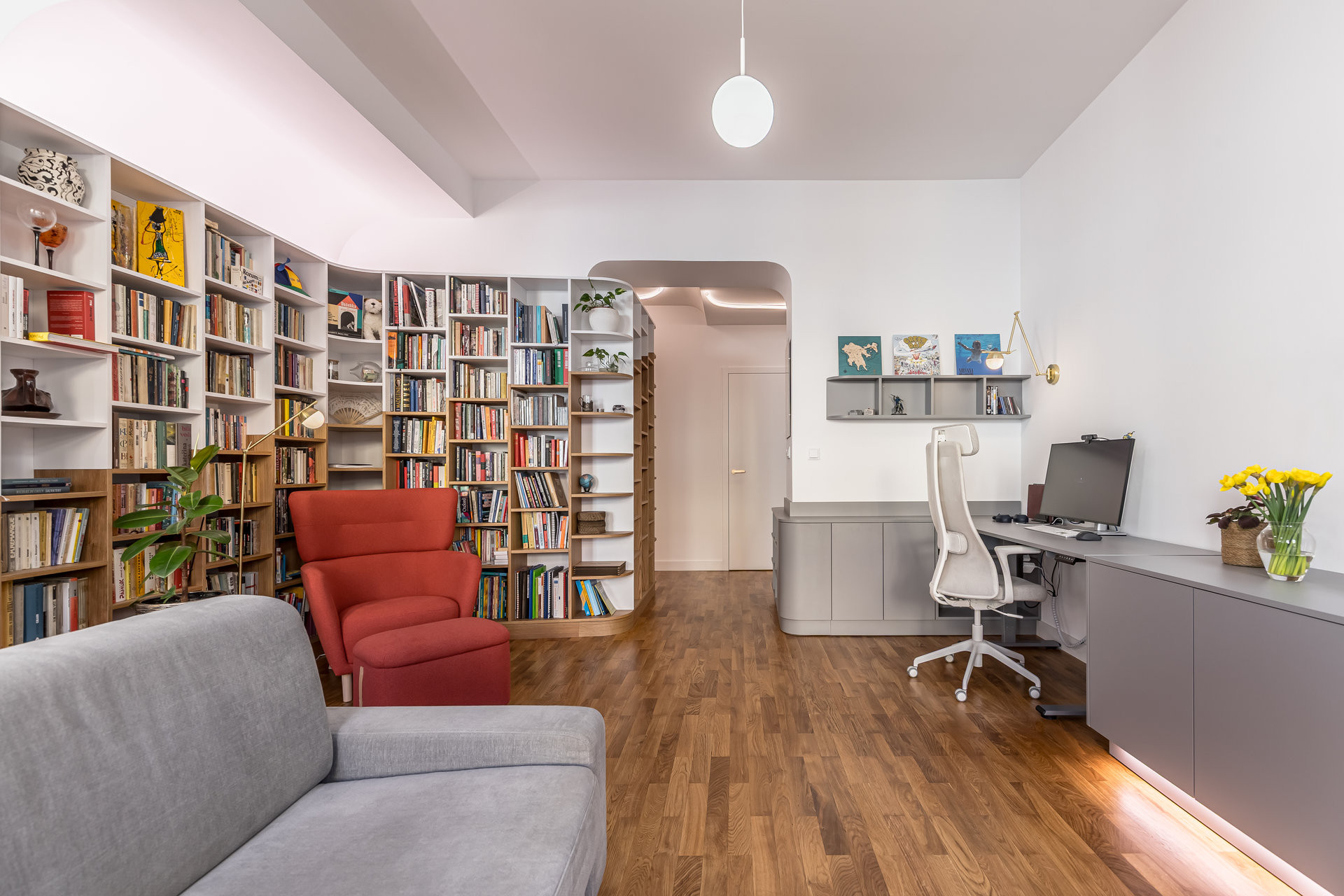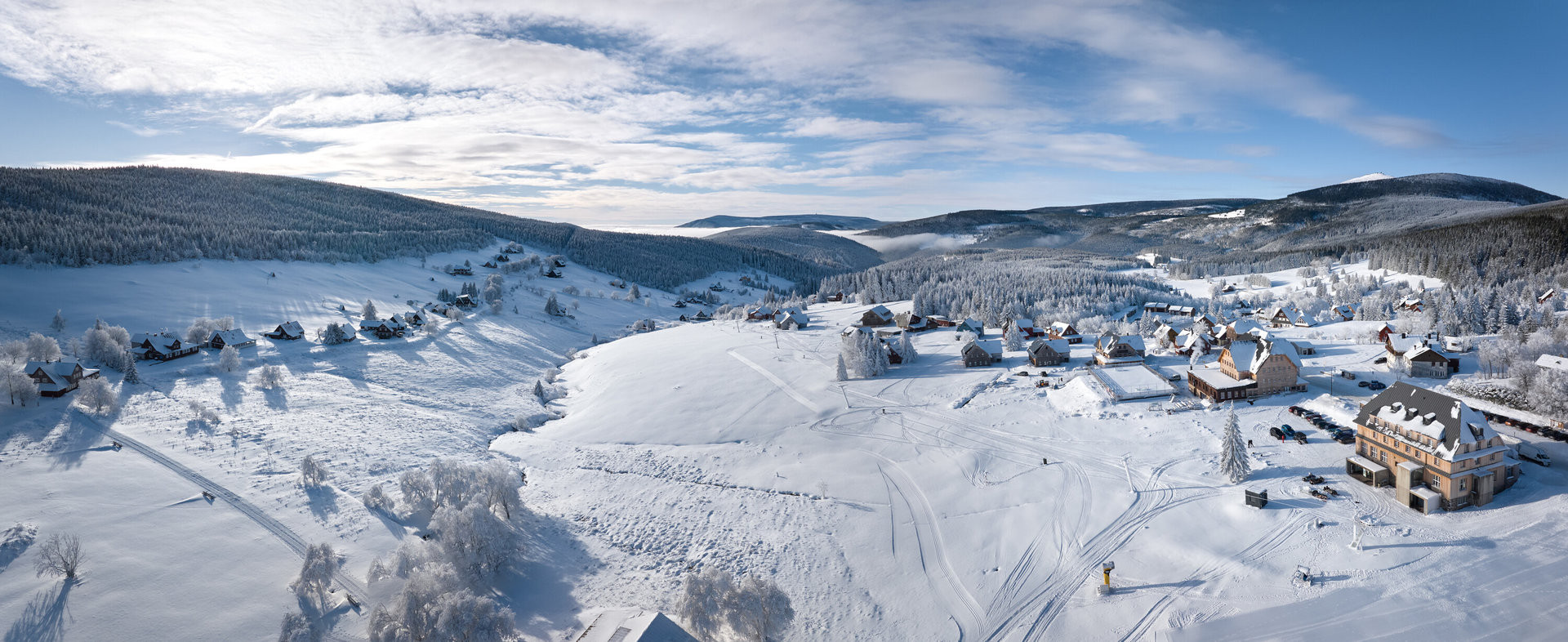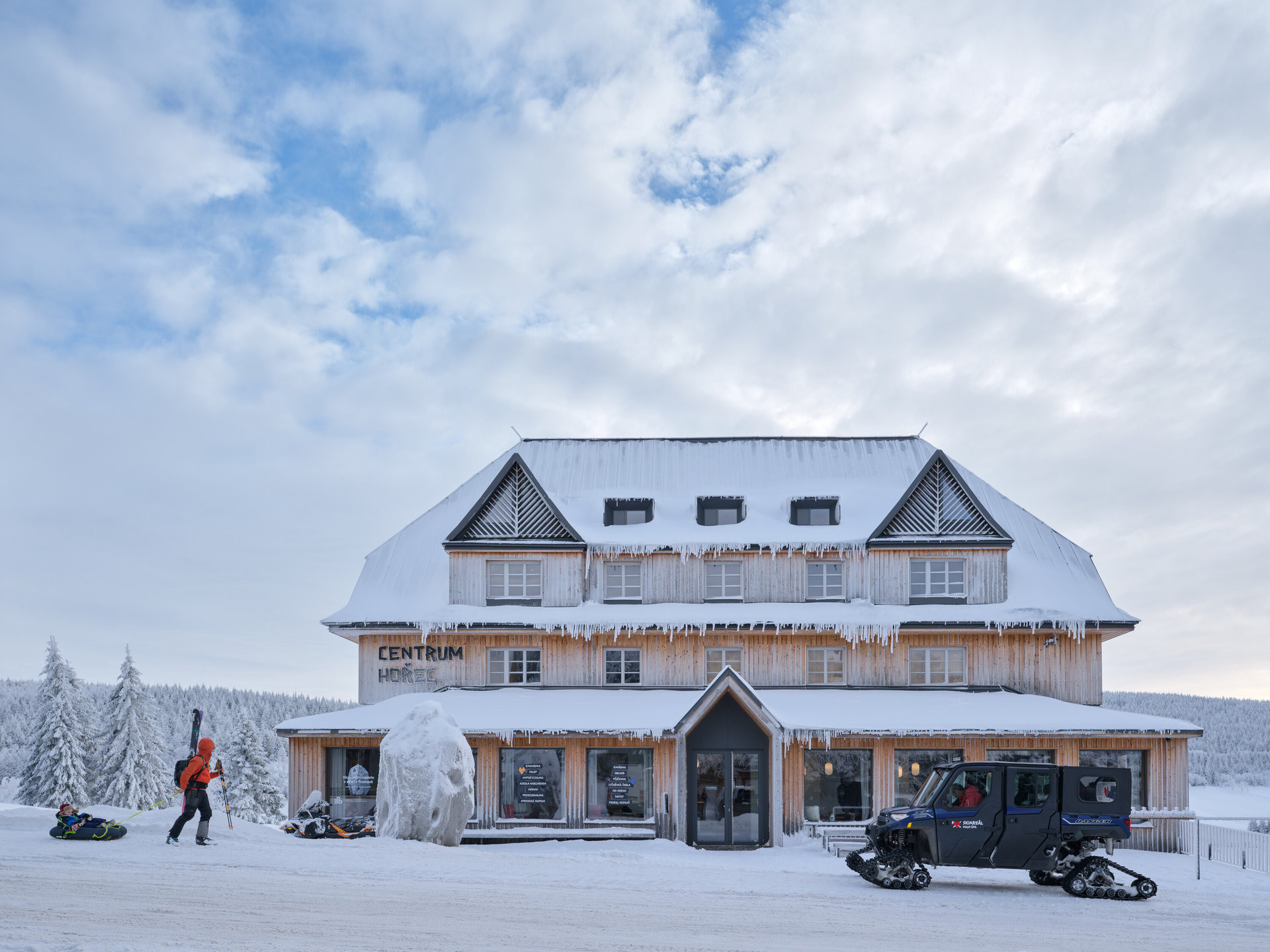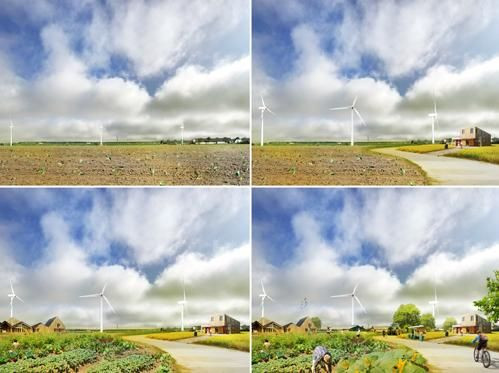
New plans for Almere by MVRDV
MVRDV presents urban plan Almere Oosterwold: inhabitants create their own neighbourhoods.
EARCH.CZ , 18. 6. 2012
MVRDV, the city of Almere and RVOB, the Governmental Real Estate Development Agency, have presented the development strategy for Almere Oosterwold, the eastern part of Dutch new town Almere. The development strategy titled: “Estate for Initiatives” is a revolution in Dutch urban planning as it steps away from governmental dictate and invites organic urban growth in which initiatives are stimulated and inhabitants can create their own neighbourhoods including public green, urban agriculture and roads. In the area with a total surface of 43 km2 at least 15.000 homes can be realised in a participatory adaptable urban planning scheme which relies totally on private initiatives. Completion is according to this open process an unknown date.
The Netherlands are traditionally a country in which urban planning has reached a point where one could state that it gets too perfect and hence predictable. New Town Almere- entirely built on reclaimed land - is one of these overly perfect places and has decided years ago to allow construction of individually designed homes in a number of neighbourhoods. The experiment was a large success. Now the city of Almere and MVRDV take the next step. The urban planning itself will be an open process in which individual initiatives can thrive. The extensive farmland in the east of the booming new town offers space for both individual and collective initiatives in a green rural surrounding. Almere Oosterwold is expected to develop over a longer period into a differentiated landscape in which nature and living, working and leisure will be combined in a low density – as a balance act against the more urban west of the city. 50% of the site will be designated for urban farming, this specialised food production for the city is expected to improve Almere’s sustainable profile and maintain the agricultural character of the area.
The strategy allows individual dreams to be realised under the following condition: one can develop a plot but also has to realise all necessary components such as a piece of the road, energy, sanitation, rubbish collection, public green and urban farming. This can be done as an individual or shared with a collective. To maintain the rural character the overall programming is kept at 18% construction, 8% roads, 13 % public green, 2% water and 59% urban agriculture. This leaves space for golf course villages, plantations, autarkic villas, villages of collective groups etc. MVRDV developed the strategy as part of the Almere 2030 Structure Vision in which the city is growing with 100.000 inhabitants and 60.000 work places. Oosterwold allows a mixed use development with a new role for the government: from directive towards facilitating.
City Councillor Adri Duivesteijn explains: “With this development we do right to everything a city built on manmade land symbolises. It illustrates that the city is a creation and that the people themselves can make the city. In this way the Oosterwold development is a strong point in the discourse about making cities.” The outcome is open and this in itself is a radical new method in Dutch urban planning. The government steps back and the citizens are offered more freedom but have to commit to more responsibility at the same time.
MVRDV was set up in Rotterdam (the Netherlands) in 1993 by Winy Maas, Jacob van Rijs and Nathalie de Vries. MVRDV engages globally in providing solutions to contemporary architectural and urban issues. A research based and highly collaborative design method engages experts from all fields, clients and stakeholders in the creative process. The results are exemplary and outspoken buildings, urban plans, studies and objects, which enable our cities and landscapes to develop towards a better future.
Early projects such as the headquarters for the Dutch Public Broadcaster VPRO and housing for elderly WoZoCo in Amsterdam lead to international acclaim.
MVRDV develops its work in a conceptual way, the changing condition is visualised and discussed through designs, sometimes literally through the design and construction of a diagram. The office continues to pursue its fascination and methodical research on density using a method of shaping space through complex amounts of data that accompany contemporary building and design processes.
MVRDV first published a cross section of these study results in FARMAX (1998), followed by a.o. MetaCity/Datatown (1999), Costa Iberica (2000), Regionmaker (2002), 5 Minutes City (2003), KM3 (2005), and more recently Spacefighter (2007) and Skycar City (2007). MVRDV deals with global ecological issues in large scale studies such as Pig City as well as in small pragmatic solutions for devastated areas of New Orleans.
Current projects include various housing projects in the Netherlands, Spain, China, France, the United Kingdom, USA, India, Korea and other countries, a bank headquarter in Oslo, Norway, a public library for Spijkenisse , Netherlands, a central market hall for Rotterdam, a culture plaza in Nanjing, China, large scale urban plans include a plan for an eco-city in Logroño, Spain, an urban vision for Oslo or the doubling in size of Almere, Netherlands and Grand Paris, the vision of a post-Kyoto Greater Paris region.
The work of MVRDV is exhibited and published world wide and receives international awards. The 75 architects, designers and staff members conceive projects in a multi-disciplinary collaborative design process and apply highest technological and sustainable standards. Together with Delft University of Technology MVRDV runs The Why Factory, an independent think tank and research institute providing argument for architecture and urbanism by envisioning the city of the future.
Více k tématu
- Ateliér: MVRDV
- Země: Nizozemsko
- Město: Almere
- Datum projektu: 2012




